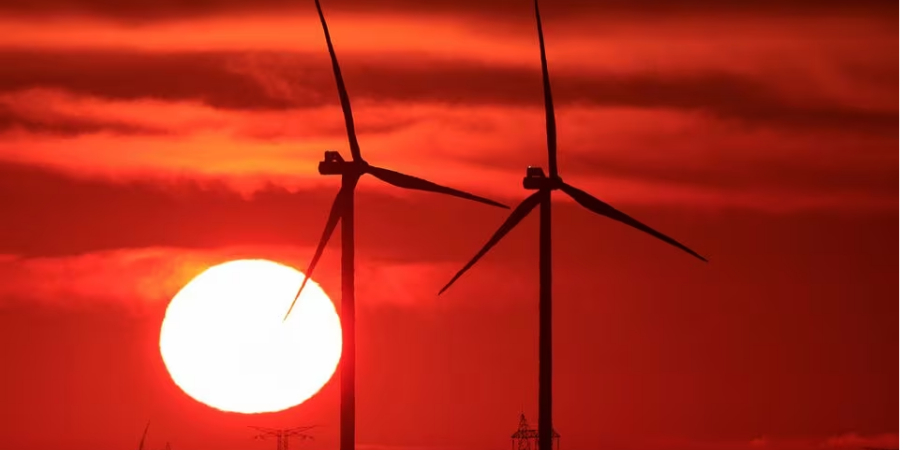India–US Trade Tensions Rise Over Steel and Auto Tariffs NMDC Limited reports a 38% drop in Q4 FY24 consolidated net profit RINL to Raise $23 Million Through Land Sales Amid Crisis

In 2023, something remarkable happened in Europe's energy landscape. Wind power, with its mighty turbines harnessing the power of the wind, surpassed gas plants in generating electricity for the first time. This significant milestone marks a shift towards cleaner and more sustainable energy sources.
For centuries, humans have relied on various forms of energy to power their lives. Traditional sources like coal and gas have long dominated the energy sector. However, concerns about climate change and environmental degradation have prompted a global push towards renewable energy alternatives.
Wind power has emerged as a frontrunner in this transition. Unlike fossil fuels, wind energy is clean and renewable, making it a vital component of efforts to reduce greenhouse gas emissions. In 2023, Europe witnessed a historic moment as wind power outpaced gas plants in electricity generation.
The growth of wind energy can be attributed to several factors. Technological advancements have made wind turbines more efficient and cost-effective, driving down the overall cost of wind power. Additionally, government policies and incentives have incentivised investment in renewable energy projects, further boosting the expansion of wind farms across Europe.
One of the key advantages of wind power is its scalability. Wind farms can range from small installations to vast offshore arrays, allowing for flexible deployment based on local energy needs. This scalability makes wind power suitable for a wide range of settings, from rural communities to densely populated urban areas.
Furthermore, wind power offers significant environmental benefits. Unlike gas plants, which release harmful emissions when burning fossil fuels, wind turbines produce electricity without emitting greenhouse gases or pollutants. This makes wind energy a crucial tool in combating climate change and improving air quality.
The shift towards wind power in Europe reflects a broader global trend towards renewable energy adoption. As countries seek to meet their climate targets and transition to a sustainable energy future, wind power is poised to play a central role in the decarbonisation of the energy sector.
However, challenges remain in fully harnessing the potential of wind energy. Intermittency, or the variability of wind speeds, can pose challenges to grid stability and reliability. Additionally, concerns about visual and environmental impacts have led to some opposition to wind farm development in certain regions.
Despite these challenges, the rise of wind power in Europe marks a significant milestone in the transition to a cleaner, more sustainable energy system. By embracing wind energy and other renewable sources, countries can reduce their dependence on fossil fuels, mitigate climate change, and build a brighter future for generations to come.
Also Read : Vattenfall reports Q4 profit dip amidst lower power prices Global LNG demand seen rising in 2024 from China & Europe